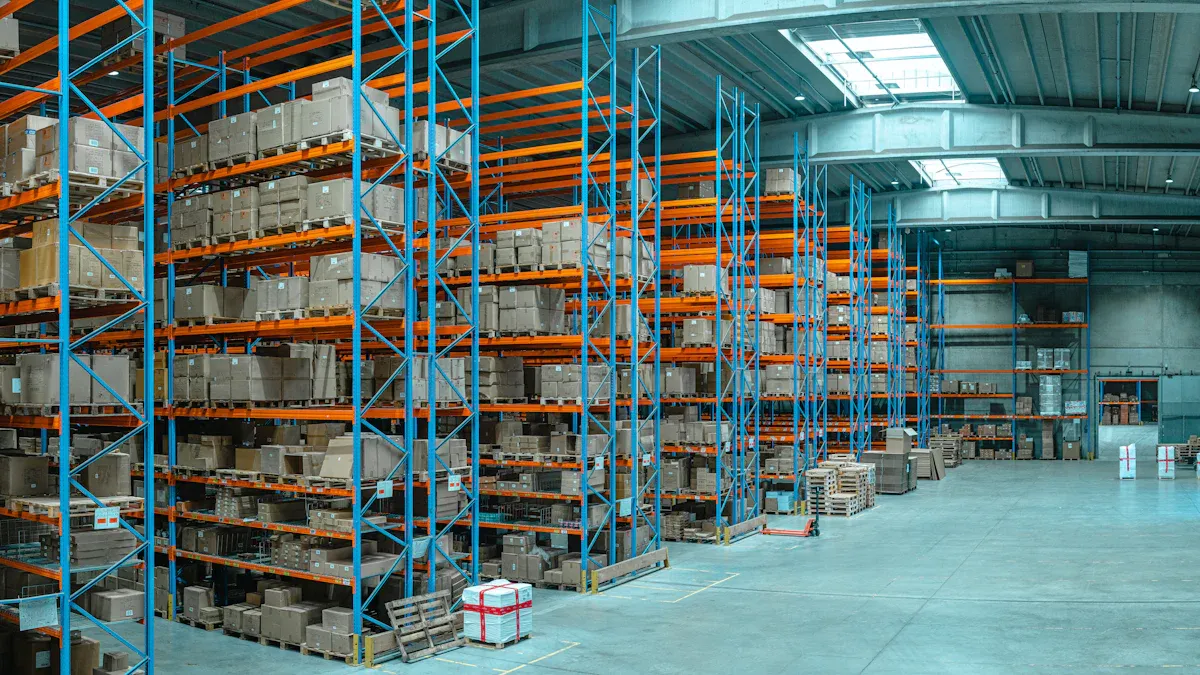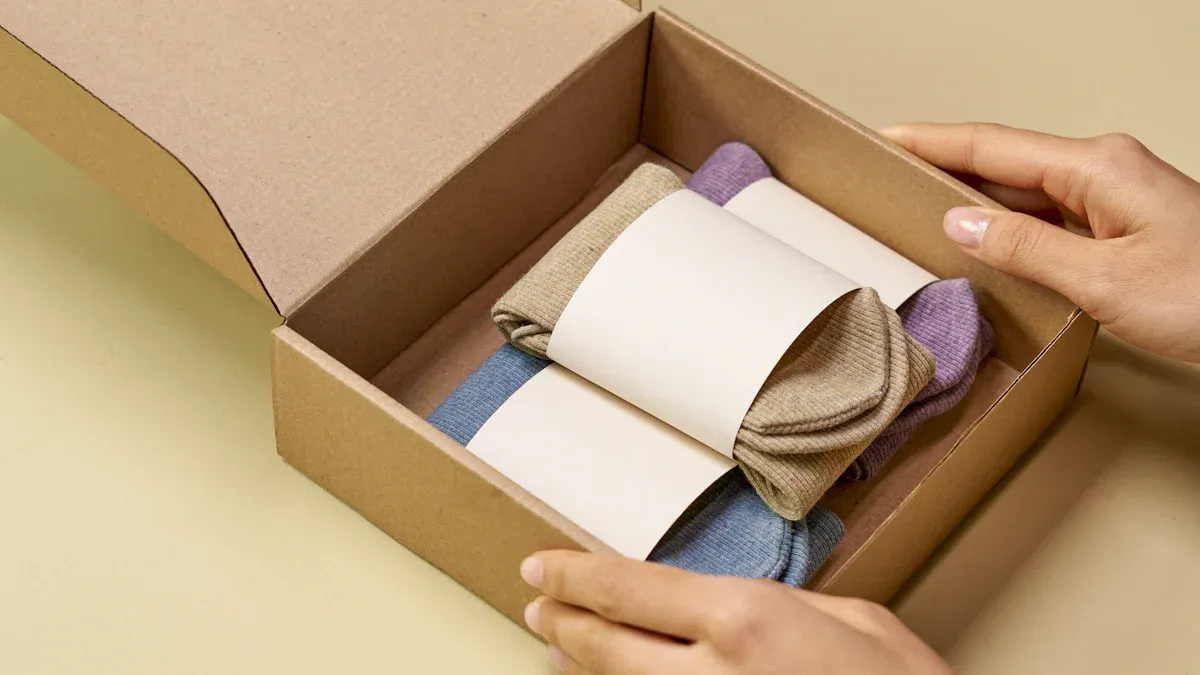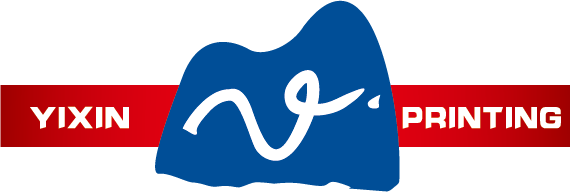
I’ve seen how traditional manufacturing struggles to keep up with modern demands. A microfactory changes this by offering faster and more flexible production. It allows businesses to create luxury packaging tailored to specific needs. This innovation has transformed the paper box supply chain, making it more efficient and sustainable.
Key Takeaways
Microfactories work quickly and adapt easily, helping companies make luxury packaging faster.
These small factories are local, cutting waste and saving money. This matches the need for eco-friendly paper box production.
Using microfactories lets companies improve customer service with fast custom designs and quicker delivery of special packaging.
Challenges in Traditional Paper Box Supply
Lack of Agility in Production
I’ve noticed that traditional paper box supply chains often struggle to adapt to changing demands. This lack of agility creates significant challenges, especially in today’s fast-paced market. Businesses need to respond quickly to customer requests, but conventional production methods fall short.
Traditional systems rely on rigid processes that make it difficult to adjust to sudden changes.
Quick responses, essential for an agile delivery process, are often hindered by outdated practices.
Without advanced information and communication technologies, achieving flexibility becomes nearly impossible.
These limitations highlight why the shift toward a modular microfactory is so important. By embracing this innovative approach, businesses can create an agile delivery process that meets modern expectations.
High Costs and Resource Inefficiencies
Traditional production methods also come with high costs and significant resource inefficiencies. I’ve seen how these inefficiencies can weigh down businesses, especially when dealing with small-batch orders. Large-scale factories often waste materials and energy, driving up expenses.
Microfactories, on the other hand, offer a more sustainable solution. Their compact size and localized operations reduce waste and optimize resource use. This shift not only lowers costs but also aligns with the growing demand for eco-friendly practices in the paper box supply chain.
Delays in Custom Order Fulfillment
Delays in fulfilling custom orders are another major issue. The paper packaging industry faces unique challenges that contribute to these delays. For example, paper’s minimal barrier performance makes it less effective at protecting products from environmental factors like air and light. This can lead to product damage, especially in sensitive industries like food and medicine.
Additionally, paper packaging is more prone to damage during transit. I’ve seen how this increases the risk of product loss, further delaying the delivery of custom orders. These challenges underscore the need for a more agile delivery process, which microfactories are uniquely equipped to provide.
Understanding the Microfactory Concept
What Defines a Microfactory?
A microfactory is a small-scale, highly efficient production facility. Unlike traditional factories, it focuses on agility and customization. I’ve seen how these facilities use advanced technologies to streamline processes and reduce waste. They operate on a smaller footprint, making them ideal for localized manufacturing. This approach allows businesses to meet specific customer demands without the delays or inefficiencies of large-scale operations.
Microfactories also emphasize modularity. A modular microfactory can adapt quickly to changes in production needs. This flexibility makes it a game-changer for industries like luxury packaging, where bespoke solutions are essential.
Key Features of Microfactories
Microfactories come in different forms, each with unique characteristics. I’ve summarized some of these features in the table below:
This table highlights how microfactories differ based on their focus and capabilities. For example, innovation-driven microfactories prioritize flexibility, while customization-driven ones excel in efficiency.
How Microfactories Improve the Delivery Process
Microfactories transform the delivery process by reducing lead times and enhancing precision. I’ve noticed how their localized operations minimize transportation needs, cutting down on delays. Their modular design also allows for quick adjustments, ensuring that custom orders are fulfilled faster.
In the paper box supply chain, this means businesses can produce luxury packaging tailored to individual needs. The result is a more efficient and customer-focused production process. By adopting microfactories, companies can stay ahead in a competitive market.
The Rise of Microfactories in Luxury Packaging

Addressing Market Demand for Bespoke Solutions
I’ve noticed a growing demand for personalized packaging in the luxury market. Customers want designs tailored to their specific needs, and they expect quick delivery. A recent industry survey revealed that 78% of B2B buyers now expect customized packaging within 72 hours, compared to the 7–10 days it took just a few years ago. This shift highlights the need for faster and more flexible production methods.
Microfactories excel at meeting these expectations. Their modular design allows businesses to create bespoke solutions efficiently. For example, variable-data printing has seen a 40% annual increase in requests, showing how hyper-personalization is reshaping the paper box supply chain. By adopting microfactories, companies can deliver unique packaging designs without compromising on speed or quality.
Supporting Agile and Localized Production
I’ve seen how traditional factories struggle to adapt to sudden changes in demand. Microfactories solve this problem by enabling agile and localized production. Their compact size and modular setup make it easy to adjust operations based on customer needs. This flexibility ensures that businesses can respond quickly to market trends.
Localized production also reduces transportation costs and delivery times. Microfactories operate closer to their target markets, which minimizes logistical challenges. This approach not only improves efficiency but also enhances customer satisfaction. In the luxury packaging sector, where precision and speed are crucial, microfactories provide a significant advantage.
Enhancing Sustainability in Manufacturing
Sustainability has become a top priority in manufacturing. I’ve noticed a sharp rise in demand for biodegradable packaging solutions, driven by regulatory changes. In fact, requests for these eco-friendly options have increased by 65%. Microfactories support this trend by optimizing resource use and reducing waste.
Their modular design allows for smaller-scale operations that consume less energy. Additionally, localized production cuts down on carbon emissions associated with transportation. By adopting microfactories, businesses can align with sustainability goals while maintaining high-quality production standards. This shift not only benefits the environment but also appeals to eco-conscious consumers in the luxury market.
Benefits of Microfactories for Luxury Paper Box Supply
Faster Turnaround Times for Custom Orders
I’ve seen how microfactories significantly reduce the time it takes to fulfill custom orders. Their modular design and localized operations allow businesses to respond quickly to customer demands. For example, a modular microfactory can reconfigure its setup in hours rather than days, ensuring faster deployment.
A comparison of microfactories and traditional custom automation solutions highlights this advantage:
This efficiency ensures that businesses in the paper box supply chain can meet tight deadlines without compromising quality.
Cost-Effective Production for Small Batches
Microfactories excel at producing small batches efficiently. I’ve noticed that traditional factories often struggle with high costs when handling limited production runs. In contrast, microfactories optimize resources and minimize waste, making them ideal for small-scale operations.
Their compact size and advanced automation reduce overhead expenses. Businesses can produce luxury packaging without the need for large-scale facilities. This approach not only saves money but also aligns with the growing demand for sustainable practices in the industry.
Improved Customer Experience Through Customization
Microfactories enhance the customer experience by enabling greater customization. I’ve observed how their agility allows businesses to adapt quickly to customer feedback and market trends. For instance, rapid prototyping lets companies test new designs and make adjustments in real-time.
A recent survey revealed key metrics that illustrate this impact:
By leveraging these capabilities, businesses can deliver tailored luxury packaging that exceeds customer expectations.
Real-World Examples of Microfactory Success

Case Studies from the Luxury Packaging Industry
I’ve seen how microfactories have revolutionized industries, including luxury packaging. One standout example is the Eileen Fisher micro-factory. This facility focuses on sustainable practices like zero-waste cutting and on-demand production. By partnering with local manufacturers, they create exclusive items while minimizing waste. This approach aligns perfectly with the growing demand for eco-friendly luxury packaging.
Another inspiring case is Fast Radius, which uses its Cloud Manufacturing Platform™ to enhance efficiency. This platform allows real-time operational management, ensuring seamless production processes. These examples highlight how microfactories can deliver high-quality, sustainable solutions tailored to specific market needs.
Lessons from Early Adopters of Microfactories
Early adopters of microfactories have taught me valuable lessons about innovation and adaptability. Adidas Speedfactory, for instance, demonstrated the power of rapid production cycles. By manufacturing shoes in limited quantities, they reduced waste and met customer demands faster. This model shows how microfactories can address the challenges of traditional mass production.
Ministry of Supply offers another lesson. They use advanced technologies like laser cutting and digital knitting to produce clothing based on customer demand. This approach minimizes waste and allows for greater customization. These pioneers prove that embracing microfactories can lead to both operational efficiency and customer satisfaction.
Innovations Driving Microfactory Success
Several technological breakthroughs drive the success of microfactories. I’ve noticed how innovations like laser cutting, digital knitting, and cloud-based platforms enhance efficiency and precision. For example:
Adidas Speedfactory uses rapid production cycles to reduce waste.
Eileen Fisher micro-factory employs zero-waste cutting techniques.
Fast Radius integrates cloud technology for real-time management.
Ministry of Supply leverages digital knitting for on-demand customization.
These advancements not only streamline operations but also enable businesses to meet the growing demand for sustainable and bespoke solutions. Microfactories represent the future of production, combining innovation with efficiency.
The Future of Microfactories in 2025 and Beyond
Emerging Trends in Luxury Paper Box Supply
I’ve observed several trends reshaping the luxury packaging industry. Consumers now demand eco-friendly options more than ever. A recent survey revealed that 87% of buyers prefer sustainable packaging when making purchases. Major brands like McDonald’s have pledged to use fully recyclable materials by 2025. This shift reflects growing public accountability for reducing waste caused by packaging.
Microfactories align perfectly with these trends. Their localized operations reduce transportation emissions, while their modular setups minimize material waste. These facilities also enable brands to experiment with biodegradable materials, meeting the rising demand for sustainable solutions. As awareness of environmental issues grows, I believe microfactories will play a pivotal role in transforming the luxury paper box supply chain.
The Role of Technology in Microfactory Evolution
Technology has been the driving force behind the evolution of microfactories. I’ve seen how advancements like AI and machine learning have enhanced their efficiency. For instance, a study titled Microfactories: why smaller, highly automated factories are the future of manufacturing highlights how automation streamlines operations. Another report, The Rise of LFAM Microfactories: Lights-Out Production, discusses how these facilities operate with minimal human intervention, boosting productivity.
These innovations make microfactories more scalable and environmentally friendly. By integrating cutting-edge tools, businesses can optimize production processes and reduce costs. This technological progress ensures that microfactories remain at the forefront of modern manufacturing.
Predictions for the Microfactory Delivery Process
I predict that microfactories will redefine the delivery process by 2025. Their localized nature will eliminate many logistical challenges. Businesses will produce luxury paper boxes closer to their target markets, reducing shipping times and costs. This approach will also allow for real-time adjustments to meet customer demands.
I expect automation to further enhance precision in production. With AI-driven systems, microfactories will predict market trends and adjust operations accordingly. This adaptability will ensure faster turnaround times and higher customer satisfaction. As these facilities continue to evolve, they will set new standards for efficiency and sustainability in the luxury packaging industry.
Microfactories have revolutionized the luxury paper box industry. I’ve seen how they solve traditional challenges while meeting the demand for sustainable, bespoke packaging.
Businesses adopting microfactories gain a competitive edge. Their adaptability to consumer trends and technology ensures they remain vital in 2025 and beyond.
This innovation sets new standards for efficiency and customization.
FAQ
What makes microfactories different from traditional factories?
Microfactories focus on localized, small-scale production. I’ve seen how their modular design and advanced technology enable faster, more efficient, and high-quality manufacturing compared to traditional factories.
How do microfactories improve the microfactory delivery process?
Microfactories reduce lead times by operating closer to customers. Their flexibility allows quick adjustments, ensuring custom orders are fulfilled faster without compromising on design or quality.
Can agile microfactories handle large-scale production?
Agile microfactories excel in small-batch, bespoke production. While they aren’t ideal for mass production, their custom automation solution ensures precision and efficiency for high-quality, personalized designs.

